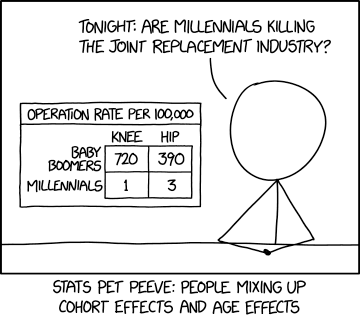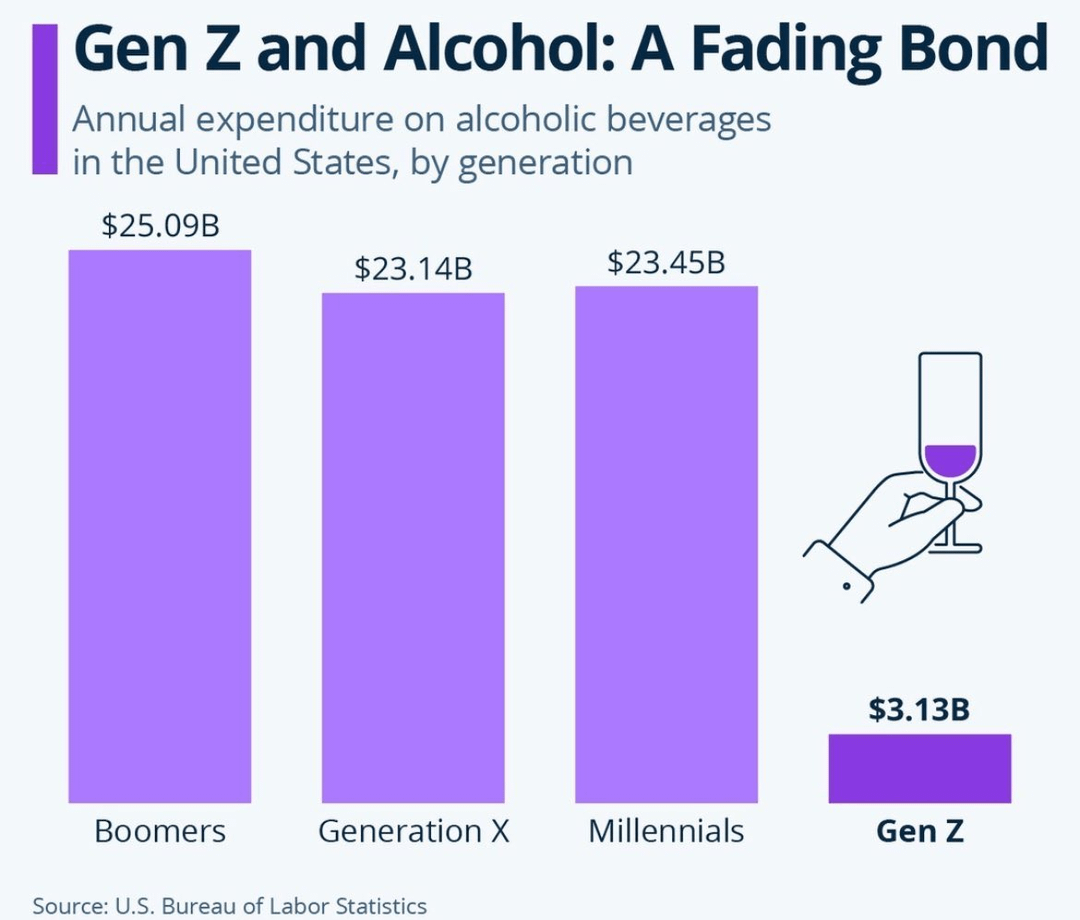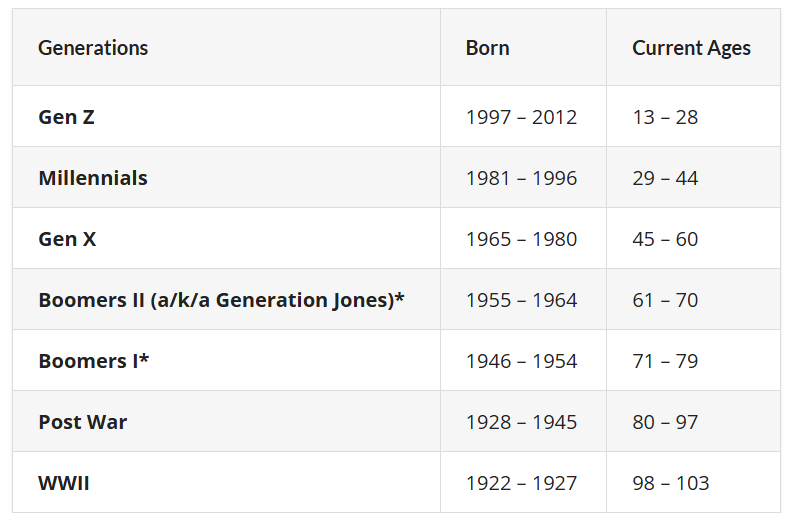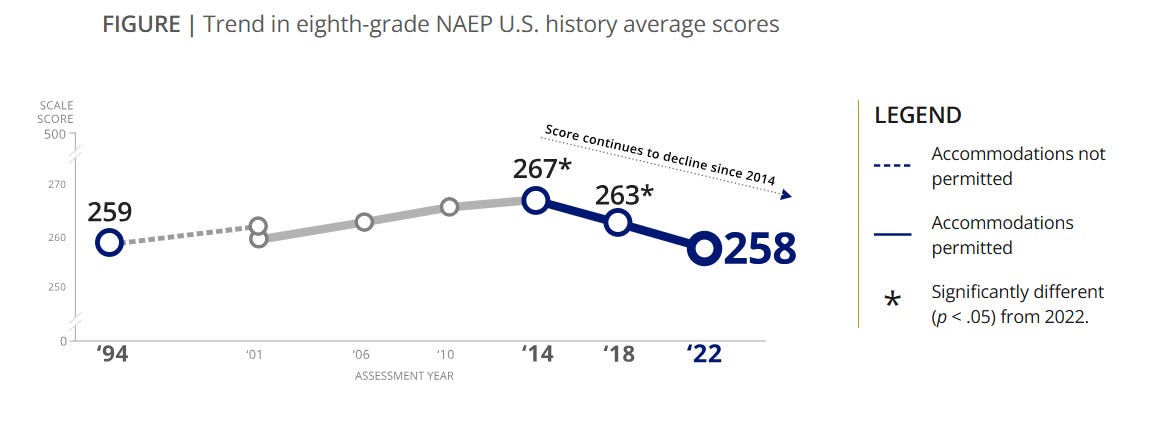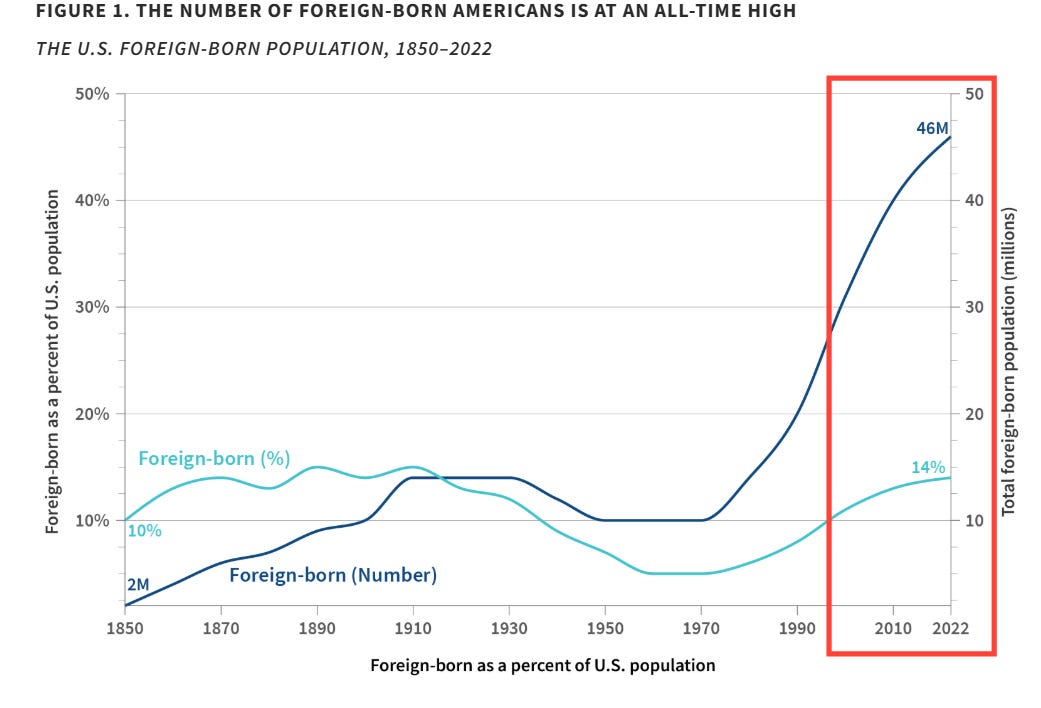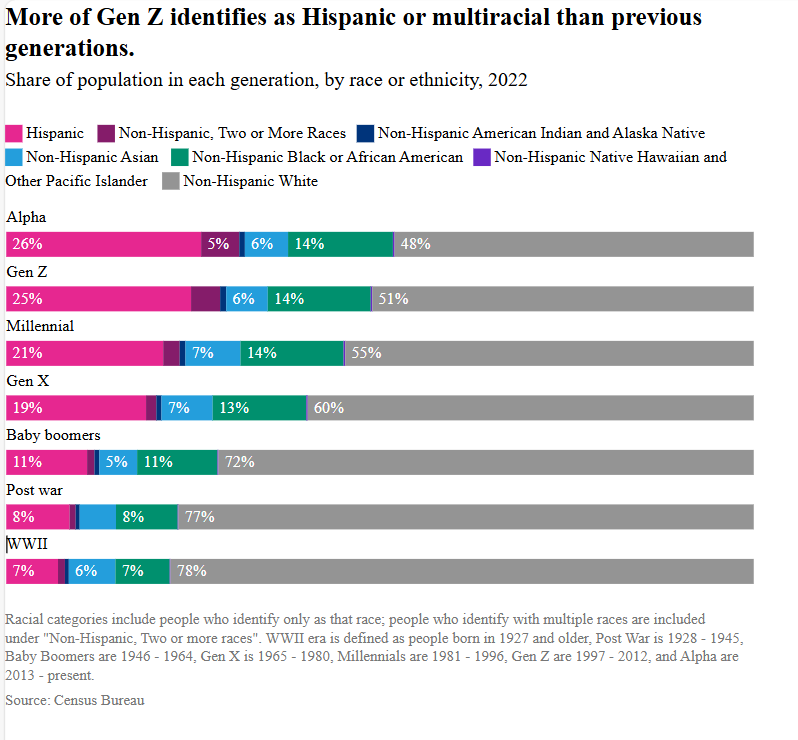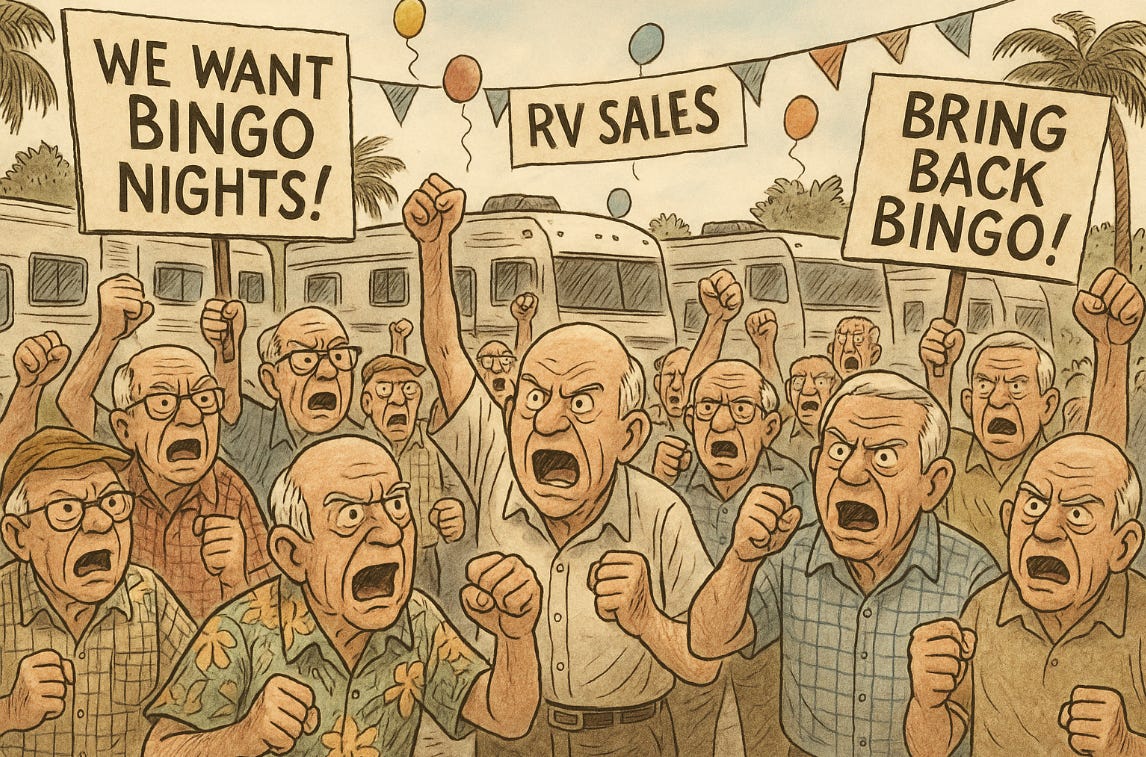Is That a Real Change in Behavior or Just Shifting Audience Composition?
Is Gen Z Destroying Bar Culture? Probably Not. Here’s Why
Is Gen Z Destroying Bar Culture? Probably Not.
My friend sent me this graphic of spending on alcohol by generation.
He was aghast.
It looks like Gen Z is drinking way less than previous generations.
Are alcohol companies or liquor stores still good investments? Will we have bars in 15 years?
What does that mean for businesses that now make their margin on alcohol? Is the future of leisure ‘temperance bars’?
And that might be the case!
Gen Z does seem to have significantly reduced drinking compared to previous generations.
But what if the data don’t show a real change in preferences?
Over half of Gen Z can’t legally drink—could that affect the chart above?
Gen Z spends significantly less1 in general than older generations2. Could that affect the chart above?
Could the spending change be something else?
Assume: Gen Z likes drinking just as much as previous generations
But they make less money, so they drink at home more of the time
And half of the age group can’t drink at all!
If you re-adjust the expected spending down to only those that can legally drink, you get a 50% reduction again
Outcome: Adjusted expected spending would be $3.9B
Pretty close to the real $3.1B!
That means we can’t actually tell what the long-term stable behavior of gen Z will be (w/r/t alcohol). If I had to guess, Gen Z won’t destroy bar culture.
Real Policies Are Built on Shoddy Data
The example above may seem obvious, but you’ll see people doing data analysis without taking shifting audiences into account all the time.
Economists have poisoned us to assume ‘ceteris paribus’—all other variables held constant—when it’s not true in real life!
Here’s another example
Are teachers worse than before?
Parents have been on high alert, worrying that we’ve gotten worse at teaching.
We often peg teacher performance ratings to how the students are doing—we have big assumptions about teacher quality determining student outcome.
Students scoring worse on NAEP tests means that teachers are worse.
Is that true? Maybe
We certainly do know that US history scores have persistently declined for over 10 years.
But are teachers actually worse?
Are students spending too much time on the internet?
…or could it be that the % of foreign-born people in America has monotonically grown since 1970?
These people didn’t grow up with the same media, history, and societal emphasis as native-born Americans, especially in regards to the European diaspora that led to the founding of the nation.
It wouldn’t be surprising to see lower scores in US history given that.
Even more striking here, the distribution away from European ancestry is disproportionately high among current students.
Without more information, it’s impossible to tell if the quality of teaching has declined
What Does This Mean for Marketers?
Although the aggregate attributes of your audience may be changing over time, no individual member may be changing at all.
It’s important to understand the difference between trends at the individual level (e.g. fashion changes over time) and trends at the audience level (e.g. if you make more expensive clothing, you’ve attracted a different market than before).
This is marketing’s version of Simpson’s Paradox

You need to know what levers affect the outcomes for your audience(s).
Example
If there’s a widespread government stimulus to any people who are wearing short-sleeve button downs today, you shouldn’t be surprised when your RV dealership’s audience has a higher opinion of bingo nights than before.
Old men are going to get the vast majority of that stimulus. And that exogenous effect will spill into the ‘average’ preferences of your group—Even if your original audience’s preferences didn’t change at all!
Even though the existing opinions of any RV buyer may not have changed in the last few months, it would be foolish not to predict the 3rd variable effect before you choose how to interact with your audience.
But if you assumed that bingo was now popular with your previous customers in a reengagement campaign, you’ve mistaken the change in the aggregate with change at the individual.
Segmentation: Good Things Come In Small Packages
Check out this previous post for more detail into why segmentation is important.
Overlooked audience insights can lead to campaigns that miss the mark.
Engaging with your audience before launching a campaign can provide invaluable insights into their needs, wants, and trends.
It’s not about having someone from the target demographic approve your campaign; it’s about understanding, studying, and listening to them to inform your strategy.
Conclusion
By harnessing thoughtful analytics, social listening, and targeted outreach, businesses can better align their offerings with the changing desires of their audience.
Ultimately, your connect with your audience lies in the ability to adapt to these shifts, ensuring that campaigns resonate with the audience's evolving needs and preferences, rather than relying on ceteris peribus analysis.
This is not a commentary of Gen Z being thrifty or spendthrifts; this just shows that there are differences.
Millenials’ spending times ($3/$10) (average drink cost)


